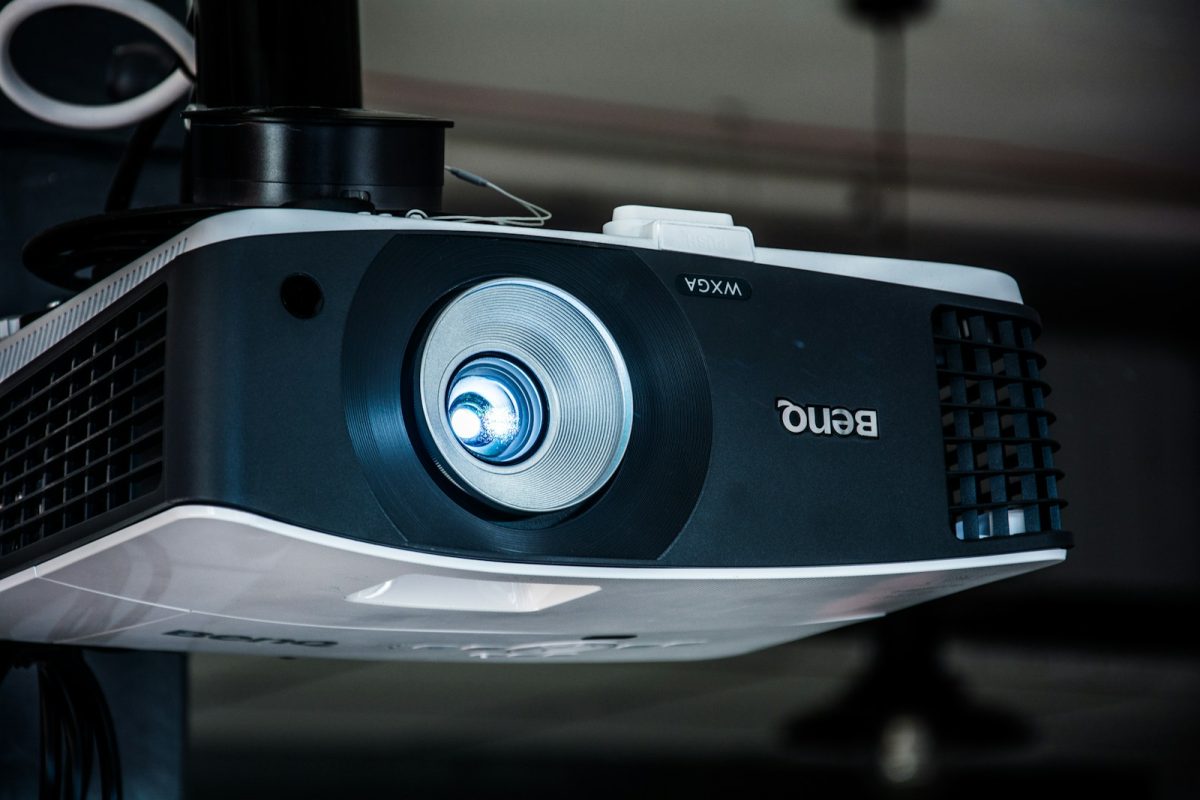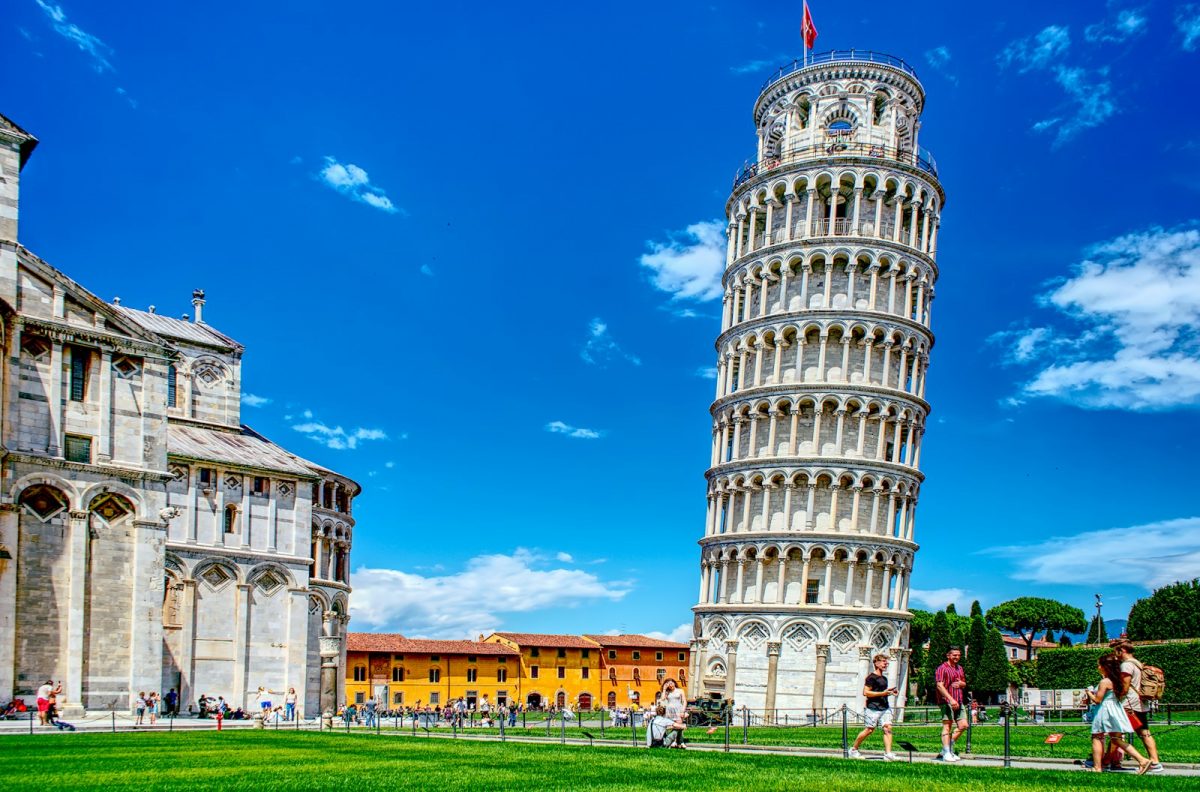The story of projectors starts in the 17th century with the invention of the magic lantern. This device, often considered the first projector, used a simple oil lamp, a concave mirror, and painted glass slides to project images onto walls. The magic lantern became popular in the 18th and 19th centuries for entertainment and educational purposes, often showcasing images such as scenes from nature or historical events. These early projectors paved the way for future innovations in image projection.
As technology advanced, the invention of motion pictures in the late 19th century led to the development of film projectors. The kinetoscope, invented by Thomas Edison, allowed individuals to view moving images through a peephole. However, it wasn’t until the 1895 Lumière brothers introduced the cinematograph that audiences could enjoy films in a public setting. This projector not only displayed moving images but also allowed for film projection onto larger screens. Film projectors quickly became a staple in theaters, sparking the golden age of cinema.
The mid-20th century saw the rise of overhead projector, which became widely used in classrooms and corporate settings. These projectors used transparent sheets, known as transparencies, to display written or printed materials. The simplicity of overhead projectors made them an essential tool for teachers and presenters, facilitating interactive learning and effective communication. Their user-friendly design allowed for real-time annotations, enhancing the teaching experience.
As technology progressed into the late 20th and early 21st centuries, the introduction of digital projectors marked a significant turning point. Liquid Crystal Display (LCD) and Digital Light Processing (DLP) projectors emerged, providing high-quality images with improved brightness and color accuracy. These projectors quickly gained popularity in both educational and professional environments, as they could connect easily to computers and other digital devices.
In recent years, projectors have become more compact and versatile. Portable projectors are now available, allowing users to present their ideas on the go, whether in a meeting room or outdoors. Additionally, the advent of smart projectors has brought about integration with mobile devices and wireless technologies. These projectors can stream content directly from smartphones or tablets, making presentations more convenient and interactive.
The evolution of projectors has transformed over centuries, from the simple magic lantern to the sophisticated digital projectors we use today. Each stage of development reflects the changing needs of society, showcasing the importance of visual media in education, entertainment, and communication. As technology continues to advance, we can expect projectors to evolve further, enhancing the way we share and experience visual content.
Related Articles
https://lightform.com/blog/the-history-of-projection-technology
https://valenciatheaterseating.com/how-long-has-projection-technology-been-around/
https://newsandviews.dataton.com/a-short-history-of-projection
Take Action






